PRODUCT DESCRIPTION
Various methods are employed to mitigate the shrinkage effect in concrete, including shrinkage compensating concrete. This approach focuses on expanding the concrete rather than allowing it to contract. This method produces concrete by forming either Ettringite (type K, calcium Sulfoaluminate, or compounds based on calcium aluminate) or calcium hydroxide (lime-based compounds). It is crucial to exercise caution when employing this method to prevent rapid setting, reduced workability, and, most importantly, uncontrolled expansion. Another technique involves using anti-shrinkage additives, which were first introduced in Japan in 1985 and later entered the North American market in 1995. These additives chemically modify the shrinkage mechanism without causing expansion.
Several factors influence concrete shrinkage, including:
- Water-to-cement ratio
- Cement content and type of aggregates
- Type of cement
- Concrete mixing plan
- Surface-to-volume ratio
- Relative humidity and other environmental conditions surrounding the concrete
Shrinkage in concrete and mortar can occur in three states:
The plastic phase is spontaneous and during drying. Plastic shrinkage transpires when the rate of water evaporation from the fresh concrete surface exceeds the rate of bleeding. This type of shrinkage predominantly occurs before the final set due to the rapid evaporation of water from the exposed concrete surface. Elevated concrete temperature, high wind speed, and low humidity expedite water evaporation. The rate of bleeding is also influenced by factors such as concrete constituents, mixing proportions, desired element thickness, compaction type, and concrete surface finish. Plastic shrinkage typically results in parallel, shallow cracks known as craze, ranging in depth from 25 to 50 mm. However, when drying shrinkage exacerbates the conditions in addition to plastic shrinkage, the cracks can penetrate deeper. Thin concrete elements such as slabs, pavements, bridge decks, industrial floors, tunnel linings, and repaired surfaces with a high surface-to-volume ratio are particularly susceptible to these cracks. High-strength concretes featuring low water-cement ratios, and pozzolanic materials (e.g., overburden, fly ash, and silica fume) are more prone to plastic shrinkage cracks. This shrinkage predominantly occurs within the first seven days after concrete molding.
Spontaneous shrinkage transpires while the concrete is still in a liquid state. It occurs due to changes in the pore structure and size of the concrete, resulting in reduced porosity and pore size. This type of shrinkage is closely related to cement hydration, as the chemical reactions occurring during hydration are the driving force behind it. As hydration progresses, the absolute volume decreases due to the reaction between water and cement materials and the subsequent change in density of the reaction products compared to the reactive materials. The volume reduction stems from the fact that the density of the reaction products is lower than that of the original materials, resulting in spontaneous shrinkage.
Drying shrinkage occurs in dry climates when there is a difference in relative humidity between the concrete and the surrounding air. In essence, this phenomenon is linked to the evaporation of water from the hydrated cement. When saturated cement is exposed to an environment with lower moisture content, it loses moisture from its larger pores, leading to shrinkage. After the concrete has fully set, drying shrinkage occurs due to the evaporation of water from the concrete’s pores, causing a decrease in volume. In high-strength concrete with low water content, drying, and spontaneous shrinkage pose significant risks as they increase the likelihood of severe cracking. In concretes with normal strength (28-day strength less than 34 MPa), drying shrinkage outweighs the significance of spontaneous shrinkage. It’s important to note that shrinkage alone does not cause cracking in concrete. Cracking is dependent on whether the concrete is restrained or not. External or internal restraints resulting from the contraction of restrained concrete induce stress, leading to cracks in the concrete member. Since most concrete structures are restrained by the ground, foundation, reinforcement, or other structural members, tensile stresses arise. If the magnitude of these stresses exceeds the tensile strength of the concrete, cracks develop within the structure.
Features
- Improving the connection of concrete with the surrounding space (creating expansion in concrete)
- Control of shrinkage cracks in concrete and grout
- control Slump loss in concrete and grout
- ready to use
- Reducing the ratio of water to cement in concrete
- Increasing the strength of cement
- plasticizer of concrete and cement base grout
- The absence of chlorine ions in the composition of the product
Applications
- This product is used in the preparation and production of concrete and grouts that require expansion and crack control. Among them are:
- Deck of bridges
- Concrete storage tanks
- The foundations of bridges
- Parking structures
- Prefabricated concrete parts
- All types of grouting, including baseplates, machines, etc.
- ski resort
Packaging
- –
Colour
- grey
technical specifications
|
color |
grey |
|
Physical basis |
liquid |
| Chloride ion content |
No |
|
7-day resistance of grout without sand (no additives) |
27MPa |
|
7-day resistance of grout without sand (with additives) |
29.2MPa |
| Max expansion in grout without sand |
3.25% |
- Thorough Understanding: Gain a comprehensive understanding of ESC™ properties and behavior.
- Compatibility Testing: Conduct compatibility testing with specific concrete mix designs.
- Dosage Optimization: Determine the optimal dosage of ESC™ for shrinkage reduction.
- Mix Design Adjustment: Make necessary adjustments to the concrete mix design.
- Workability Control: Ensure proper workability of the concrete mix.
- Curing Techniques: Implement appropriate curing practices for ESC™ and concrete.
- Temperature Considerations: Account for temperature variations during construction.
- Quality Control: Enforce strict quality control measures.
- Avoiding Corrosion: Ensure proper reinforcement protection.
- Testing and Monitoring: Regularly test and monitor concrete performance.
- Documentation and Reporting: Maintain detailed records of the project.
- Training and Familiarization: Train contractors on ESC™ properties and handling.
- Supplier Collaboration: Establish a collaborative relationship with the ESC™ supplier.
- Material Storage and Handling: Properly store and handle ESC™ to prevent damage or contamination.
- Mixing Procedure: Follow recommended mixing procedures for uniform dispersion.
- Proper Equipment: Use suitable equipment for incorporating ESC™.
- Workability Monitoring: Continuously monitor concrete workability during mixing and placement.
- Time Management: Plan construction activities considering extended setting time.
- Placement Techniques: Employ appropriate techniques to ensure even distribution of ESC™.
- Curing and Moisture Control: Implement proper curing practices for ESC™ and concrete performance.
- Quality Assurance: Conduct regular quality checks throughout construction.
- Collaboration with Design Team: Maintain communication and collaboration with the design team.
- Post-Construction Evaluation: Evaluate concrete performance with ESC™ after construction.
Additive Consumption Amount:
The recommended additive dosage is 500 grams per 100 kg of cement.
Additive Mixing:
After mixing cement with water, add the expanding additive. It is recommended to mix for a minimum of 2 minutes.
- Dosage Verification: Accurately measure and verify the ESC™ dosage.
- Mixing Uniformity: Ensure ESC™ is uniformly dispersed in the concrete mix.
- Workability Assessment: Evaluate the concrete’s workability for proper placement.
- Setting Time Observation: Monitor the setting time of the concrete.
- Compressive Strength Testing: Test concrete samples for desired strength.
- Shrinkage Evaluation: Measure dimensional changes to assess ESC™ effectiveness.
- Crack Monitoring: Inspect for cracks during and after curing.
- Moisture Content Control: Monitor moisture levels for proper hydration.
- Adhesion Testing: Assess bond strength with other materials, if applicable.
- Documentation and Reporting: Maintain records and generate comprehensive reports.
technical documents
Photo Gallery
Technical documentation request




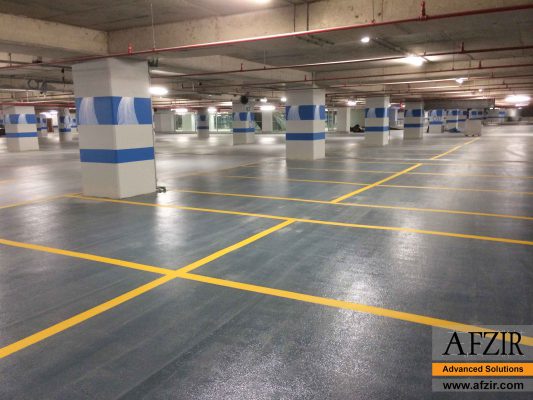









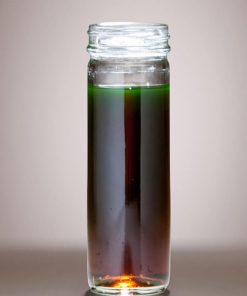
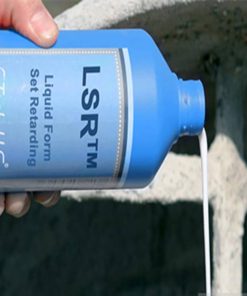

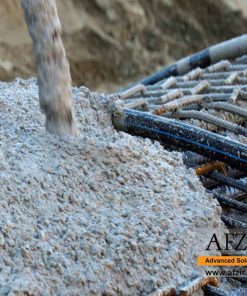
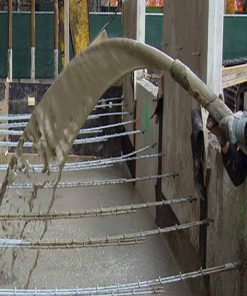






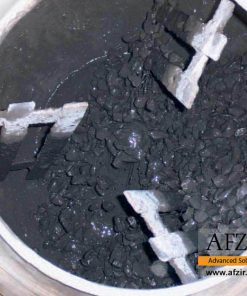
Be the first to review “Expanding and Shrinkage Compensating Admixture”